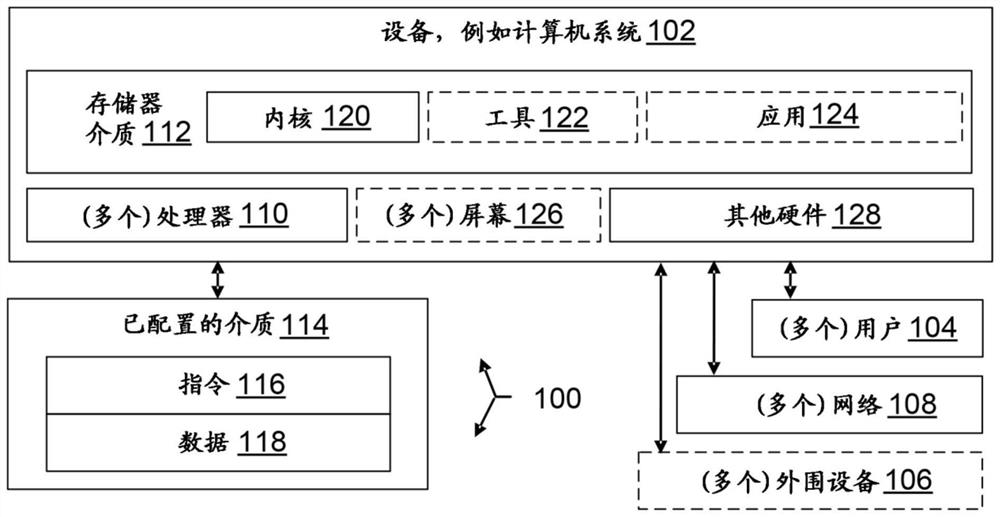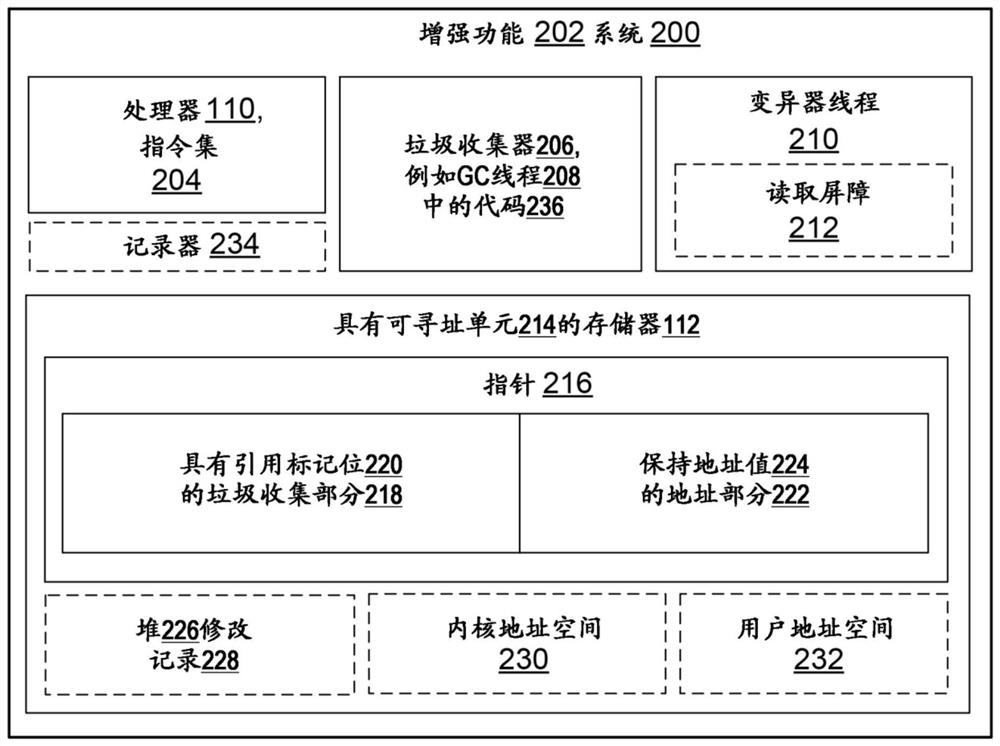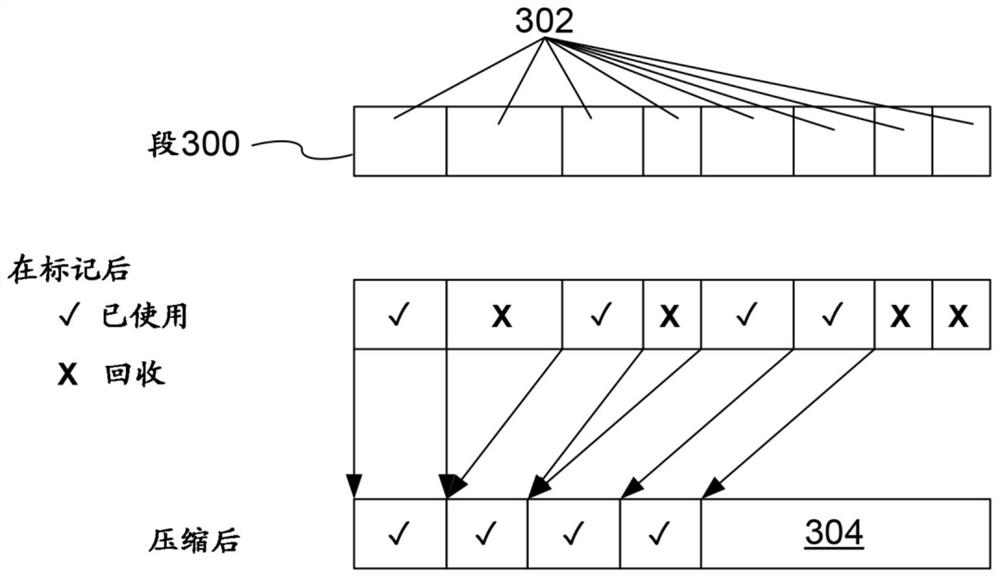Reducing synchronization reliance in garbage collection marking
A technology of garbage collection and marking, applied in the direction of memory address/allocation/relocation, instrumentation, calculation, etc., which can solve problems such as increasing time and hindering user program performance
- Summary
- Abstract
- Description
- Claims
- Application Information
AI Technical Summary
Problems solved by technology
Method used
Image
Examples
Embodiment Construction
[0022] overview
[0023] Many innovations transcend their origins, but understanding their origins can help one understand innovations more fully. In the present case, some of the teachings presented herein are motivated by the technical challenge of reducing the time spent doing garbage collection in a "stop everything" state, while still providing sufficient memory reclamation for user threads. This challenge leads to consideration of technical changes to characteristics such as garbage collection frequency / triggers, garbage collection and user thread execution concurrency, creation of garbage collectors and handling of floating garbage, and sweeping and compaction algorithms. For present purposes, however, the focus is narrow. The inventor contemplates a technical change that reduces the reliance of garbage collector code on certain relatively expensive synchronization instructions (e.g., compare-and-swap, compare-and-set) during the garbage collection marking phase, and ...
PUM
 Login to View More
Login to View More Abstract
Description
Claims
Application Information
 Login to View More
Login to View More - R&D
- Intellectual Property
- Life Sciences
- Materials
- Tech Scout
- Unparalleled Data Quality
- Higher Quality Content
- 60% Fewer Hallucinations
Browse by: Latest US Patents, China's latest patents, Technical Efficacy Thesaurus, Application Domain, Technology Topic, Popular Technical Reports.
© 2025 PatSnap. All rights reserved.Legal|Privacy policy|Modern Slavery Act Transparency Statement|Sitemap|About US| Contact US: help@patsnap.com



